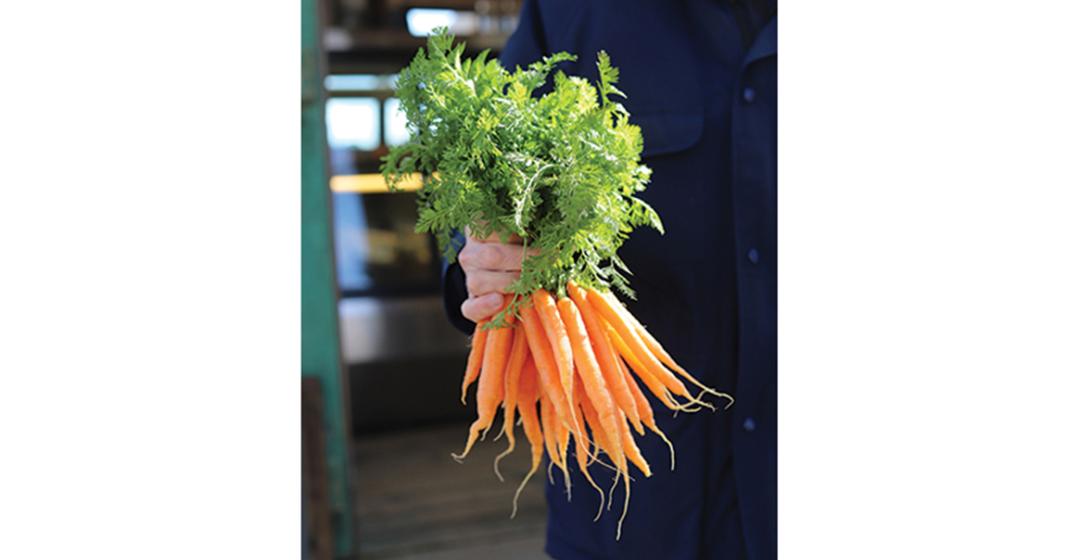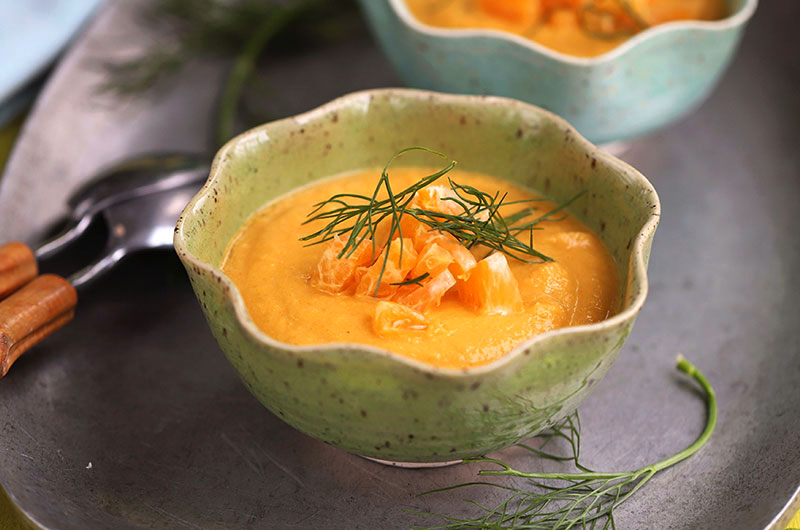Last spring, I was asked to teach a climate-friendly cooking class at The Farm Institute in Katama during MV Climate Action Week. I was happy to participate; the only problem was that I’m not exactly an expert in this area. What would I say? What would I demonstrate? Once I did a little research, I realized there was an issue that I could certainly offer some practical solutions for: food waste.
In my research I learned that nearly 40 percent of the food grown in America is never eaten. And that the average household of four loses more than $120 each month to wasted food (and that was before inflation!). All that wasted food in turn creates greenhouse gas emissions; by some estimates, wasted food accounts for about 8 percent of all greenhouse gas emissions – more than the airline industry.
Since I’m a recipe developer, I generate a lot of “extra” food at home, including extra ingredients purchased for photo shoots or possible re-tests. What we eat is often driven by what is left over from testing or shooting. Luckily, my husband has a curious palate and is a good sport about the occasional strange menu. And we have gotten very adept at incorporating whatever is in the fridge into preparations that are flexible enough to take rampant substitution.
By the time the class rolled around, I had a great list of tips to discuss and flexible repertoire recipes to demonstrate. We made a frittata with leftover spaghetti. We talked about using the whole vegetable and not just part of it: we roasted cauliflower steaks (stems included) and sautéed Swiss chard – not just the leaves but the stems, thinly sliced, as well. Tacos, toasts, fried rice, soups, savory bread puddings, fritters, and pancakes all came up as great destinations for whatever veggies, herbs, and bits of meat you have on hand.
We also talked about storing herbs for longevity – keeping the tender ones, such as basil and cilantro, on the counter in a glass of water and the hardy ones, such as thyme and rosemary, in a zip-top bag with a paper towel in the fridge. (And making sure to remove those darn wire twists right away!)
I suggested storing bread in the freezer to extend its life – and making breadcrumbs out of the ends of loaves and freezing those too.
Everyone agreed that planning meals ahead of a shopping trip meant more targeted purchases at the grocery store, and ultimately less waste. I urged everyone to keep their pantries stocked with all the things that make a quick meal possible – canned beans, canned tomatoes, canned coconut milk, broths, grains, pastas, rices, spices, alliums (garlic, onions, shallots), capers, sun-dried tomatoes, olives, chili sauce, soy sauce, and more.
We discussed different ways of composting on the Island, including the free receptacles at town transfer stations. And we talked about how much of a difference growing a little of your own food can make; food shipped hundreds of miles and wasted is like doubling its carbon footprint.
I also explained how I often use meat as a condiment rather than a main course: a little ham in a veggie stir-fry; mini meatballs in a veggie soup; a bit of beef in a dish of broccoli lo mein. Eating less meat rather than no meat is actually the best diet for the planet. Despite livestock’s contribution to greenhouse gases, they are a vital component of regenerative agriculture on small farms. We agreed that we could make better use of Island shellfish too. They’re an abundant source of protein with a very low carbon footprint. The shells can be reused so there is little waste.
But the most important advice I gave the class – and the one thing I’d love for you to take away if you can – is this:
Learn to improvise! Let go of following recipes religiously. Find the confidence you need in yourself to change a recipe or substitute ingredients according to what you have on hand or can most easily get. Don’t get in the car and rush to the grocery store to buy basil if you’ve got mint at home. If the seafood store has a local catch, try that in place of the salmon your recipe calls for.
Vegetable substitutions are easy if you consider density and cooking properties: aromatic vegetables that give off moisture as they cook – onions, leeks, celery, peppers, and mushrooms – can replace each other. Swap one crunchy cruciferous vegetable, such as Brussels sprouts, for another, such as cauliflower. And do your best to use the whole vegetable; just because the recipe calls for “florets” does not mean you can’t thinly slice the stems and include them in your dish too.
If you’ve got room in your brain for one more tip, I’ll leave you with this: save as many of your vegetable trimmings as you can fit in your freezer (or that you can hold in the fridge for a bit). This is the one thing I’ve gotten better at this past year; teaching the class inspired me to make this goal.
I routinely saved and froze corn cobs all summer, then made batches of corn broth with them. I grew a lot of onions in my garden and when I pulled them to use as spring onions, I had copious amounts of green leafy tops. Some I sliced up and put into stir-fries, the rest I froze, along with fennel stalks, leek tops, ginger peelings, mushroom stems, and carrot trimmings – all to use in vegetable broth later.
Lastly, I’m giving you this flavorful leek, fennel, and carrot soup for two reasons. First, each of the vegetables here can ultimately be used in its entirety. When you trim the leeks and fennel, freeze the tops for broth or stock. When you trim the carrot greens, use them to make a pesto, which also can be thinned and used as a dressing. Second, I’m hoping you’ll use this soup as a template to make other puréed vegetable soups with what you have on hand. I’ve included tips in the recipe on how to make substitutions.
If you’re like me, concentrating on one change at a time is about the best you can do, so try adopting one climate-friendly change in your kitchen this year. Next up for me: a better composting system at home.








